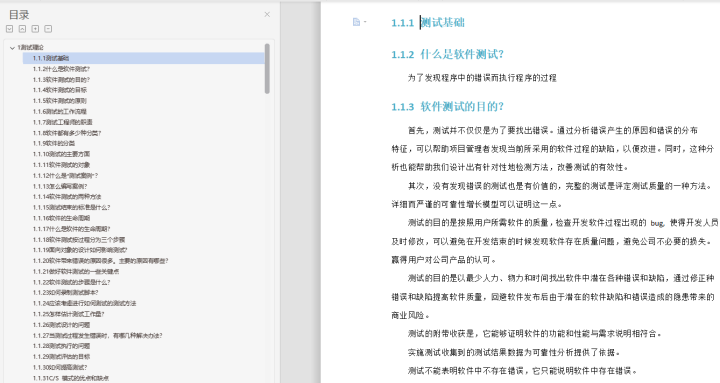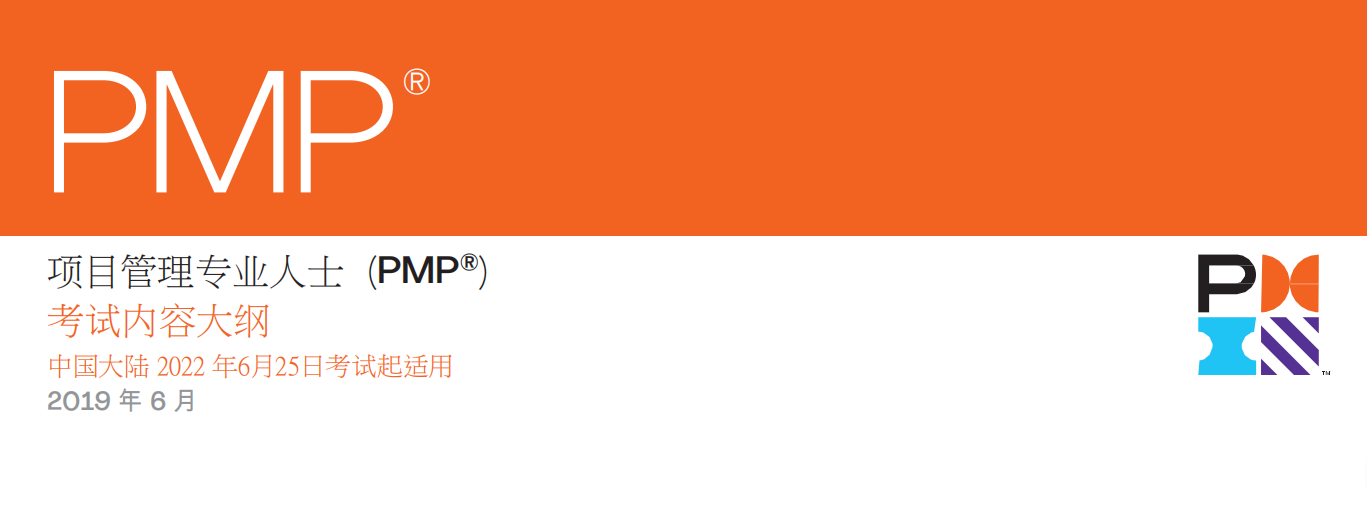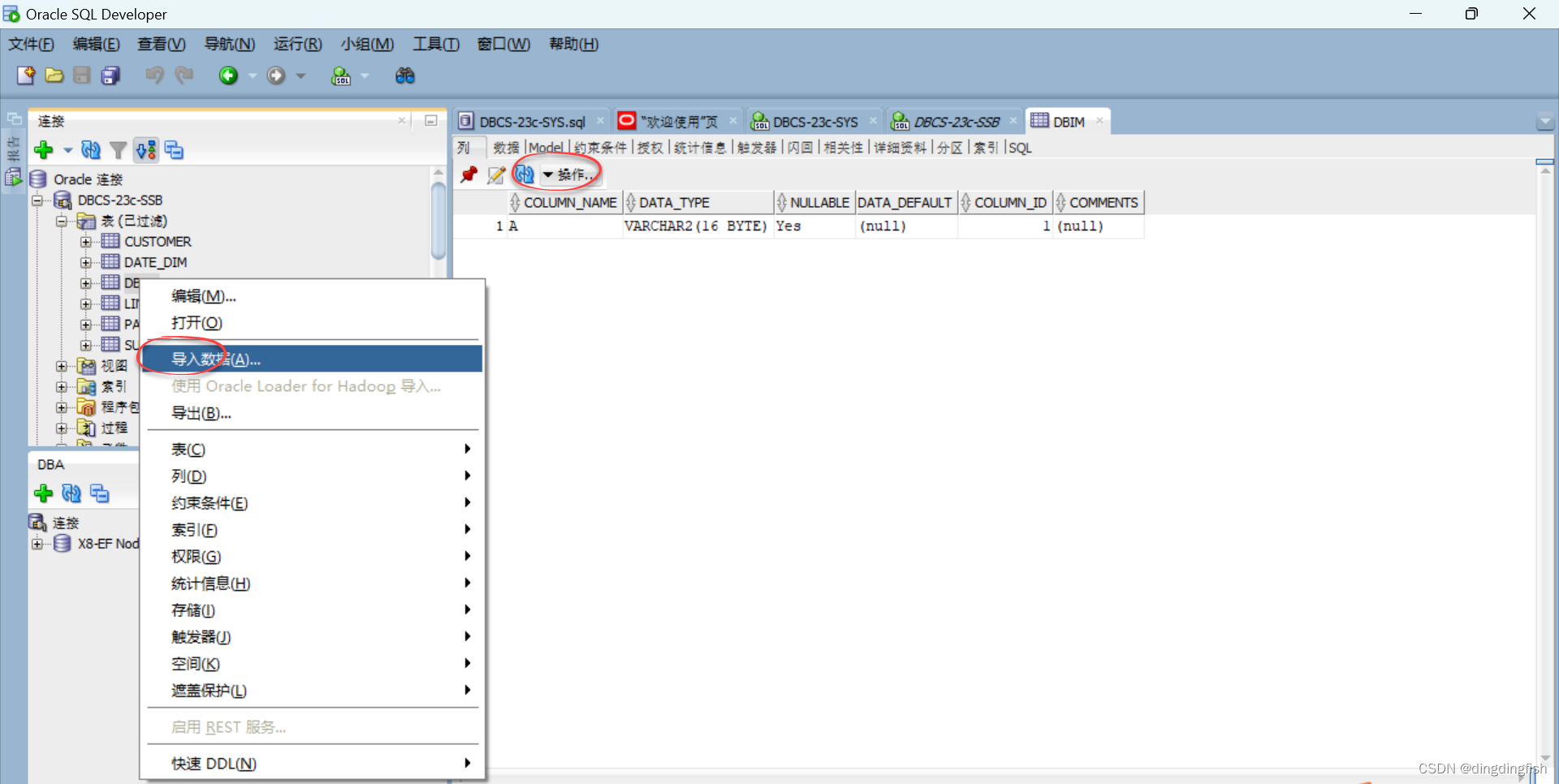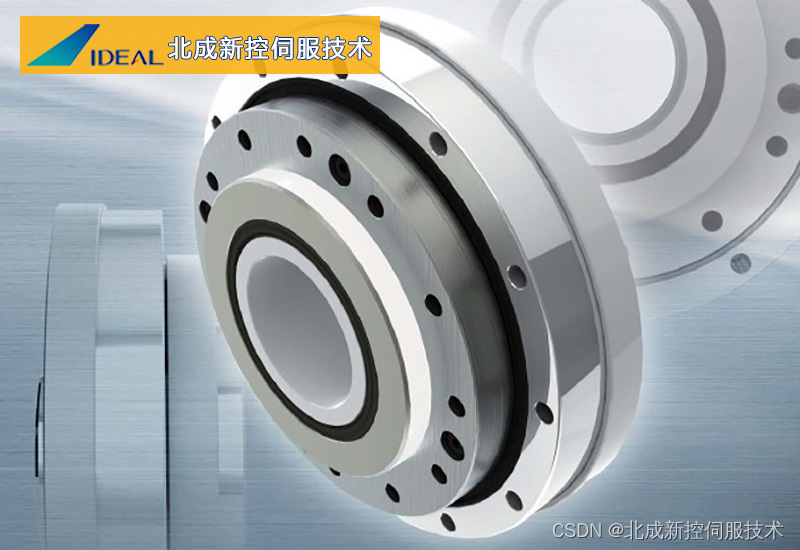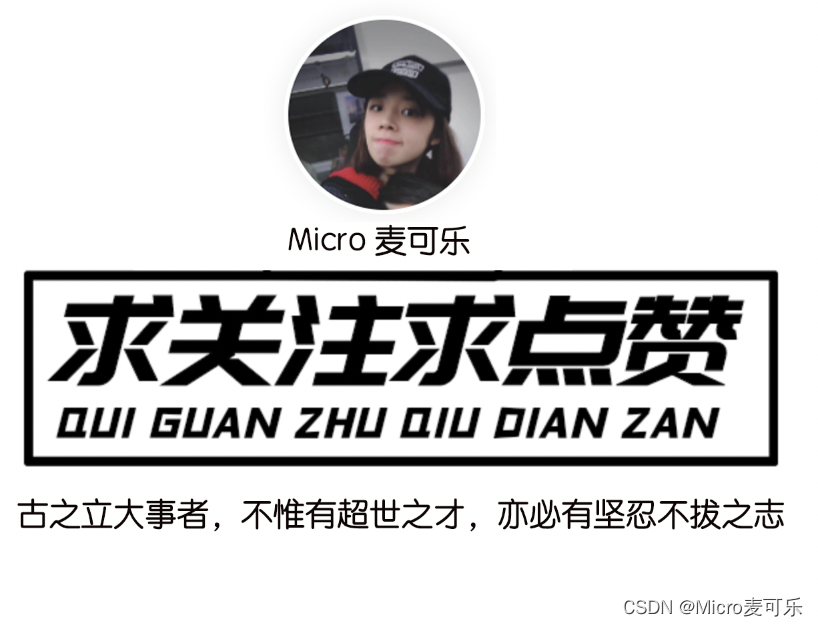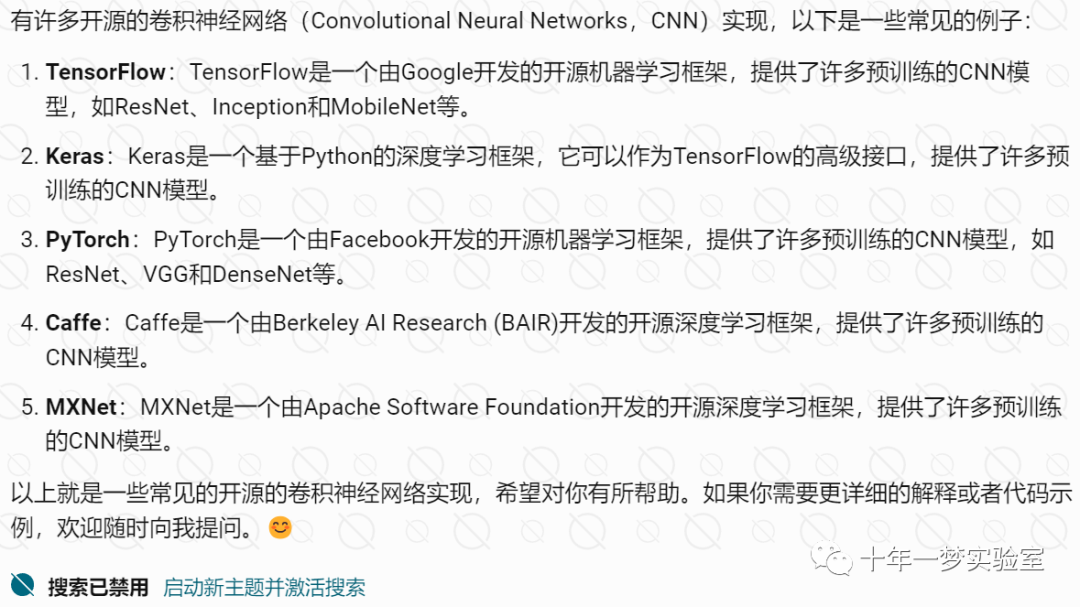

Workflow pipelines have become a popular design pattern in machine learning (ML) systems. A workflow pipeline is a sequence of steps or operations that execute sequentially or in parallel to achieve a specific goal. By organizing these steps into a pipeline, ML systems can achieve efficiency, scalability, and modularity. This document provides an overview of workflow pipelines, discusses the benefits of using them, and highlights some of the challenges associated with their implementation.
Types of workflow pipelines
Workflow pipelines can be broadly classified into two types: parallel pipelines and directed acyclic graph (DAG) pipelines. In a parallel pipeline, multiple steps or operations execute simultaneously, resulting in faster execution time. This is suitable for tasks that can be executed independently and do not require mutual dependencies. On the other hand, a DAG pipeline consists of a sequence of operations arranged in a directed graph, where each step depends on the completion of the previous step. DAG pipelines can handle complex workflows with dependencies between steps, ensuring that each step is executed in the correct order.
Workflow pipeline implementation
To implement a workflow pipeline, ML systems need to choose the right workflow engine or framework. Popular options include Apache Airflow, Apache Spark, and AWS Step Functions. Each framework provides different features and capabilities, allowing developers to build and manage their workflow pipelines efficiently.
Implementing a workflow pipeline offers several advantages. Firstly, it enables parallel execution of steps, resulting in faster execution time. Additionally, workflow pipelines promote modularity and separation of concerns, making it easier to reuse and scale individual components. Moreover, workflow pipelines enable better resource management by allocating resources dynamically based on the needs of each step.
However, there are also some challenges associated with workflow pipeline implementation. Firstly, managing complex dependencies between steps can be challenging. Incorrectly defined dependencies can lead to bottlenecks or incorrect results. Additionally, keeping track of the execution of steps and ensuring their reproducibility can be resource-intensive.
Use Case
Workflow pipelines have found widespread applications in various industries. One notable example is in image processing, where workflow pipelines can be used to identify objects in images, classify them into different categories, and generate bounding boxes or object detection results.
In the healthcare industry, workflow pipelines can help streamline processes and improve patient care. They can be used to aggregate and make sense of healthcare data, identify patterns and anomalies, and suggest interventions or treatment plans.
Machine learning models are commonly used in various domains, such as natural language processing (NLP) and computer vision. Workflow pipelines play a vital role in the training and deployment of these models, enabling efficient execution of tasks and evaluation of model performance.
With advancements in technology and the growing adoption of ML techniques, workflow pipelines have the potential to find broader usage in future use cases. They can help optimize processes in various industries, enabling faster decision-making, improved efficiency, and enhanced customer engagement.
In conclusion, workflow pipelines offer a powerful design pattern for organizing and executing ML tasks. They enable efficient parallel execution, promote modularity, and provide mechanisms for resource optimization. However, implementing workflow pipelines requires careful consideration of the type of pipeline, the workflow engine or framework used, and the challenges of managing dependencies and reproducibility. By understanding the benefits and challenges of workflow pipelines, ML practitioners can make informed decisions about their design and implementation.



















